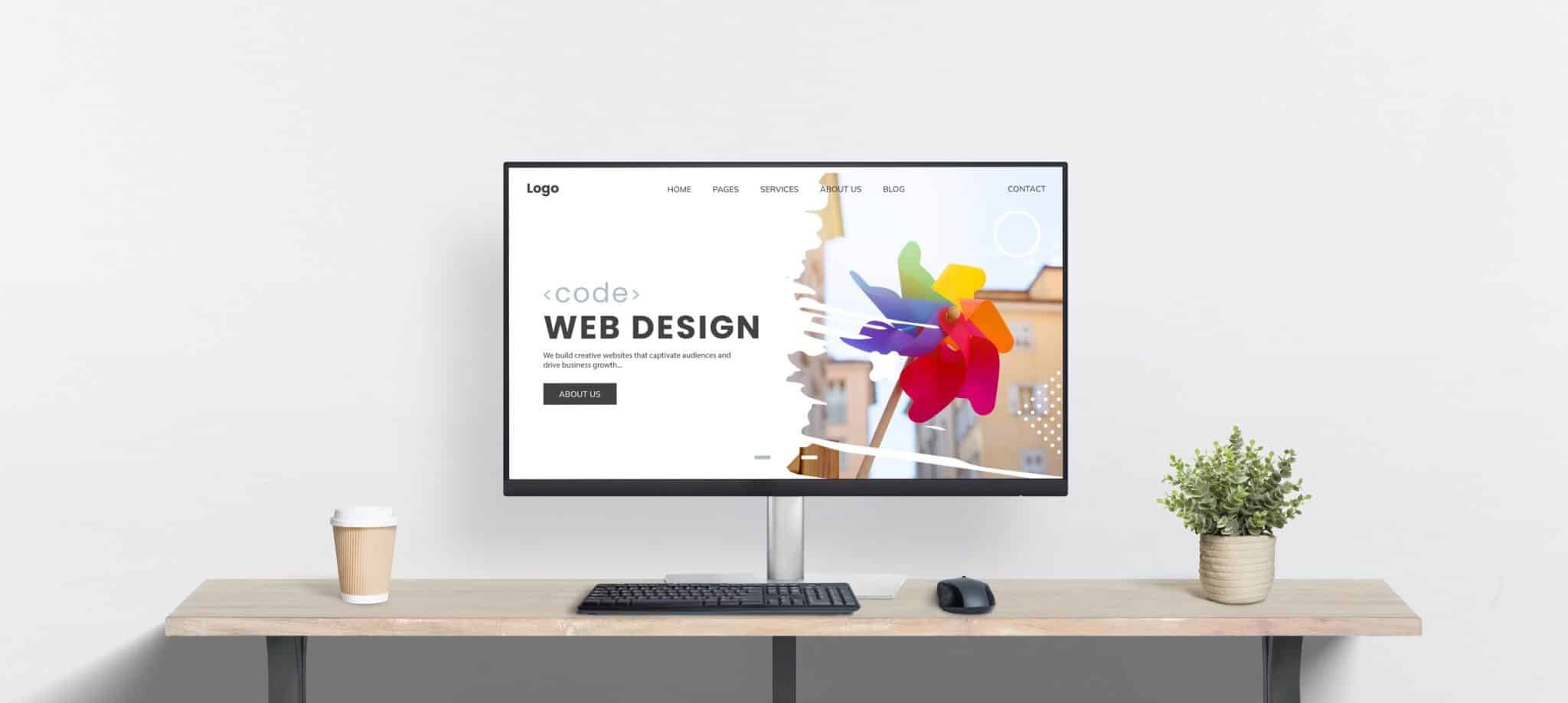
Web design is always evolving, and keeping up with the latest trends is key to staying relevant in an increasingly competitive digital space. In 2025, the focus is on user experience, accessibility, and cutting-edge technology like AI, augmented reality, and voice search. If you’re planning a website refresh, here are the top web design trends you should be paying attention to.
1. AI-Powered Personalization
Artificial intelligence is revolutionizing web design, making websites smarter and more user-friendly. AI-driven tools can analyze visitor behavior in real time and adjust content, product recommendations, and layouts accordingly. From AI-powered chatbots to predictive search functions, websites are becoming more intuitive. Google is at the forefront of AI innovation, and you can explore more about it on Google AI.
2. Clean, Minimalist Layouts
Less is more when it comes to web design in 2025. Simple, distraction-free layouts with plenty of white space help users focus on your content. Instead of flashy, complex designs, modern websites are favoring bold typography, streamlined navigation, and subtle animations to create a sleek, high-end look.
3. Dark Mode and Customizable UI
Dark mode has been trending for a while, but in 2025, it’s becoming a default option on many websites. Offering users the ability to switch between light and dark themes improves user experience and reduces eye strain, especially for those browsing at night. If you’re looking for best practices in UI design, Google’s Material Design Guidelines provide great insights into implementing dark mode effectively.
4. Faster Load Times and Performance Optimization
Speed matters more than ever. Google prioritizes fast-loading websites in search rankings, and users expect near-instant page loads. Optimizing images, using lazy loading, and minimizing unnecessary scripts can make a big difference. Want to see how your site stacks up? Run a speed test with Google PageSpeed Insights to find out what’s slowing your site down and how to fix it.
5. Voice Search Optimization
With the rise of voice assistants like Siri, Alexa, and Google Assistant, optimizing for voice search is no longer optional. More users are searching using natural, conversational phrases, so structuring your content with clear, concise answers can boost your visibility in voice search results. If you’re looking to implement structured data to improve voice search rankings, check out Google Search Central.
6. Scroll-Triggered Animations and Microinteractions
Websites are becoming more interactive with subtle animations that react to user behavior. Scroll-triggered animations, hover effects, and microinteractions make sites feel more engaging without overwhelming visitors. These small design touches create a seamless, modern user experience while keeping users interested.
7. Advanced Accessibility Features
Web accessibility is more than just a trend—it’s a necessity. Websites need to be designed with all users in mind, including those with disabilities. Expect to see more AI-powered accessibility tools, voice-controlled interfaces, and improved keyboard navigation. To ensure your site meets modern accessibility standards, refer to WCAG accessibility guidelines.
8. Augmented Reality (AR) Integration
Augmented reality isn’t just for gaming anymore—it’s making its way into web design. From virtual try-ons in eCommerce to interactive 3D product displays, AR is transforming how customers engage with brands online. Major platforms like Shopify are already incorporating AR-powered shopping experiences—check out Shopify AR to see how it’s changing the way people shop online.
Web design in 2025 is all about creating smarter, faster, and more engaging experiences. Whether you’re optimizing for voice search, implementing AI-powered personalization, or embracing minimalist design, staying ahead of these trends will keep your website competitive.If you’re ready to give your website a fresh, modern look, Mixture Web can help bring these trends to life. Contact us today to start your website transformation.